Rampant corruption, understaffing, poor infrastructure, erratic supervision, inadequate training and lack of awareness among the people in the rural areas are the hurdles that plague the children’s development schemes in Assam. This is the observation of a Non-Governmental Organist ion, namely, FORCES_NE (Forum for Crèche and Child care Services-North East). FORCES, a National network of organizations was set up in 1989, to take up the issues of women in the unorganized sector and their need for child care. The network completes 20 years and has had a consistent record of advocating the rights of the young children and mothers. In April 2009 the network extended itself to the Northeast with a regional consultation held in Guwahati. The Indian Constitution has made many provisions for the welfare of children. The UN Convention has declared that every child has the right to life and well being, healthcare, nutritious food, clean water and shelter, protection from conflicts, neglect and injustice and education. In 1992 through the National Plan of Action, the Government of India reaffirmed its commitment for the protection of children’s rights. Following this the Assam government has also reaffirmed its commitment to children by adopting the State Plan of Action in 1999. Children in the age group 0-6 constitute 17 percent and in the age group 0-18 constitute 43 percent of the population of Assam. The reports of third National Family Health Survey (NFHS-III) has shown that the state of children under six years of age in Assam, is very poor. The situation is stark 35 percent of children under3 years of age are stunted, almost 40 percent are underweight and almost 77 percent of children are anaemic. Only 50.6 percent of babies are breastfed within one hour of the birth. Only 32 percent of all children in the 12-23 months of age group have received all the recommended vaccines and almost two-third of the pregnant women did not have at least three antenatal check-ups. Seventy two percent of the pregnant women in the age group 15-49 are anaemic. Therefore it is natural that among 1,000 live births, infant mortality stood at 66. The report further adds that in spite of huge allocation for education according to Sarva Siksha Abhiyan Mission (SSA) ,6.24 percent of the children in the age group 6-14 are still out of schools. Allocation for SSA, ICDS, children and women welfare is very low. Under spending, corruption, malpractices including mis-utilization funds and failure to implement various poverty alleviation schemes in right spirit are other matters of concern. Though the ICDS has been universalized in Assam, only 30 percent received any service from the projects and the concept of utilization used by the government is quite at variance with that used by the Supreme Court in its path-breaking orders in what is generally called the Right to Food case. According to the report many AWCs in the region do not have any weighing machine, health monitoring and counseling for pregnant and lactating mothers is the most neglected part in most of the AWCs. Most AWCs are not fully competent with respect to the interpretation of growth charts and they fail to communicate effectively the meaning of children’s growth patterns to mothers. Very few of the canters can claim that they regularly organize mothers’ meetings and counsel them on health and hygiene practices. Panchayati Raj institutions in Assam are mostly unconcerned with the care and need of the children and with the functioning of the AWCs in particular. There is a lack of public awareness regarding the ICDS programmes. To do away with this apart from sustained advocacy , community participation in the management of AWCs is a must, the report suggests.
- 8042 reads


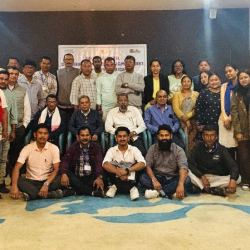

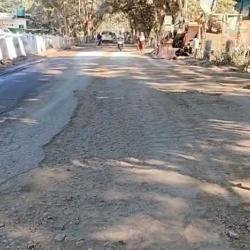
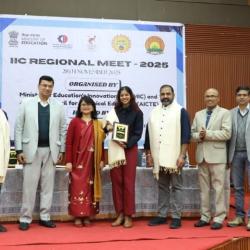
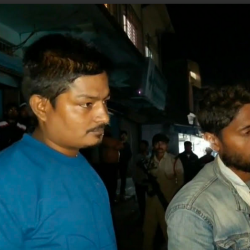
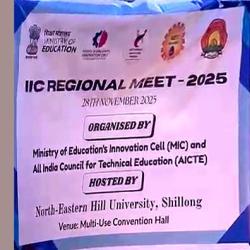

Add new comment